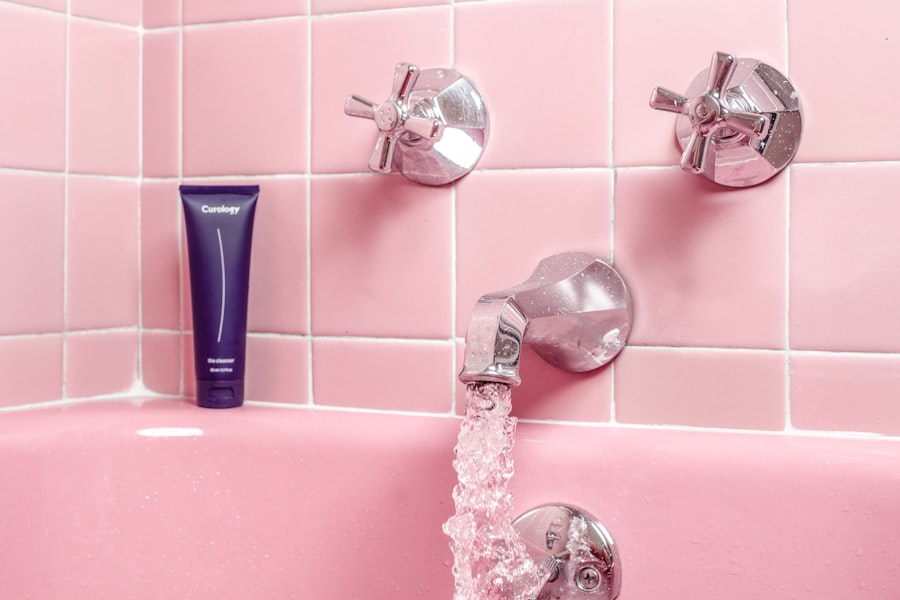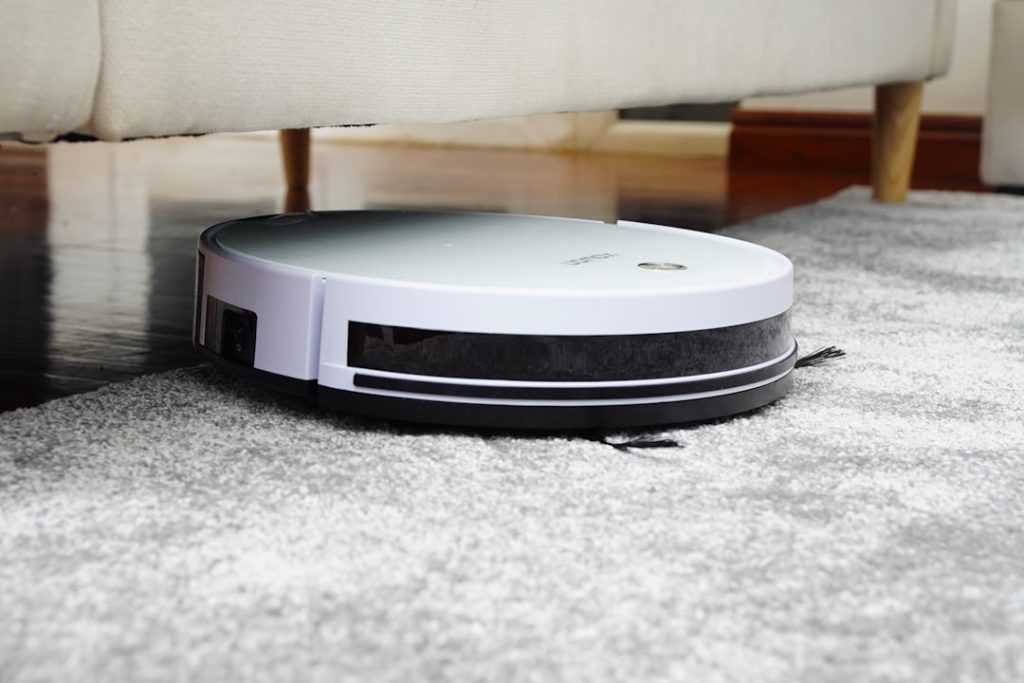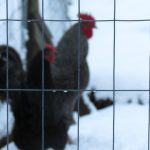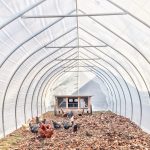Salmonella is a bacterial pathogen that can cause foodborne illness in humans. It is frequently associated with the consumption of raw or undercooked poultry, eggs, and meat products. Chickens may harbor Salmonella in their intestinal tracts without exhibiting any symptoms, potentially contaminating their eggs.
Human consumption of infected eggs or poultry can lead to salmonellosis, characterized by symptoms such as diarrhea, fever, and abdominal pain. Chicken owners should be cognizant of the risks posed by Salmonella and implement preventive measures. Chickens can contract Salmonella through various means, including ingestion of contaminated food or water, exposure to infected feces, or direct contact with infected birds.
Once infected, chickens can shed the bacteria in their feces, leading to environmental contamination and potential spread to other birds. To mitigate the risk of Salmonella infection in poultry flocks, chicken owners should adopt several preventive strategies. These include maintaining proper hygiene and sanitation protocols, ensuring clean coop and nesting areas, monitoring flock health, implementing safe egg handling and storage practices, and minimizing contact with wild birds and rodents that may serve as vectors for the bacteria.
Table of Contents
- 1 Proper Hygiene and Sanitation Practices
- 2 Maintaining a Clean Coop and Nesting Area
- 3 Monitoring and Managing Chicken Health
- 4 Handling and Storing Eggs Safely
- 5 Limiting Exposure to Wild Birds and Rodents
- 6 Regularly Testing for Salmonella
- 7 FAQs
- 7.1 What is salmonella and how is it transmitted to chickens?
- 7.2 How can I prevent salmonella in my chicken flock?
- 7.3 Can chickens transmit salmonella to humans?
- 7.4 Are there any specific vaccinations or treatments to prevent salmonella in chickens?
- 7.5 What are the symptoms of salmonella in chickens?
Key Takeaways
- Salmonella is a common bacteria found in chickens that can cause foodborne illness in humans
- Proper hygiene and sanitation practices are essential for preventing Salmonella contamination in chickens
- Regular cleaning and maintenance of the coop and nesting area can help reduce the risk of Salmonella contamination
- Monitoring and managing chicken health is important for preventing the spread of Salmonella
- Proper handling and storing of eggs is crucial for reducing the risk of Salmonella contamination
Proper Hygiene and Sanitation Practices
Coop Maintenance
Regular cleaning and disinfecting of the coop and nesting area are essential, along with providing clean bedding and fresh water. It is vital to remove any feces or soiled bedding from the coop regularly to prevent the buildup of bacteria.
Personal Hygiene
Chicken owners should practice good personal hygiene when handling their birds. This includes washing their hands thoroughly with soap and water after coming into contact with chickens or their eggs.
Preventing Cross-Contamination
In addition to maintaining a clean environment, chicken owners should be mindful of the potential for cross-contamination between their birds and other animals. This includes keeping chickens separate from other livestock and pets, as well as preventing wild birds and rodents from accessing the coop.
By implementing proper hygiene and sanitation practices, chicken owners can reduce the risk of Salmonella contamination in their flocks and protect both their birds and themselves from illness.
Maintaining a Clean Coop and Nesting Area

Maintaining a clean coop and nesting area is crucial for preventing Salmonella contamination in chickens. This includes regularly removing soiled bedding, feces, and leftover feed from the coop to prevent the buildup of bacteria. It is also important to regularly clean and disinfect the coop to kill any potential pathogens that may be present.
Additionally, providing clean bedding and fresh water for the birds can help reduce the risk of Salmonella contamination. In addition to regular cleaning, chicken owners should also pay attention to the layout of the coop and nesting area. Ensuring that there is adequate ventilation and natural light can help reduce moisture levels and create a less hospitable environment for bacteria to thrive.
It is also important to provide nesting boxes that are clean and dry to reduce the risk of egg contamination. By maintaining a clean coop and nesting area, chicken owners can help reduce the risk of Salmonella contamination in their flocks and protect both their birds and themselves from illness.
Monitoring and Managing Chicken Health
Monitoring and managing chicken health is an important aspect of preventing Salmonella contamination in flocks. This includes regularly checking for signs of illness or disease in the birds, such as changes in behavior, decreased egg production, or abnormal droppings. If any birds show signs of illness, they should be isolated from the rest of the flock and monitored closely for any further symptoms.
In addition to monitoring for signs of illness, chicken owners should also work with a veterinarian to develop a comprehensive health management plan for their flock. This may include regular vaccinations, deworming, and parasite control to help keep the birds healthy and reduce the risk of Salmonella contamination. By staying proactive about monitoring and managing chicken health, owners can help prevent the spread of Salmonella in their flocks and protect both their birds and themselves from illness.
Handling and Storing Eggs Safely
Properly handling and storing eggs is essential for preventing Salmonella contamination in humans. This includes collecting eggs frequently to prevent them from becoming soiled or cracked, as well as washing any dirty eggs with warm water before storing them. It is important to store eggs in a cool, dry place to help prevent the growth of bacteria, and to use them within a reasonable amount of time to ensure freshness.
In addition to proper handling and storage, it is also important for chicken owners to educate themselves about safe egg consumption practices. This includes cooking eggs thoroughly before eating them, as well as avoiding cross-contamination between raw eggs and other foods. By following these guidelines for handling and storing eggs safely, chicken owners can help reduce the risk of Salmonella contamination in humans and protect themselves from illness.
Limiting Exposure to Wild Birds and Rodents

Wild Birds and Rodents as Carriers of Salmonella
Wild birds can carry Salmonella in their feces, which can then be spread to domestic poultry through direct contact or contaminated feed and water sources. Similarly, rodents can also carry Salmonella and spread it to chickens through their droppings or by contaminating feed stores.
Securing the Coop and Nesting Area
To limit exposure to wild birds and rodents, chicken owners should take steps to secure their coop and nesting area from outside pests. This may include using wire mesh to cover openings, keeping feed stores sealed tightly, and removing any potential nesting sites for wild birds or rodents around the coop.
Reducing the Risk of Salmonella Contamination
By limiting exposure to wild birds and rodents, chicken owners can help reduce the risk of Salmonella contamination in their flocks and protect both their birds and themselves from illness.
Regularly Testing for Salmonella
Regularly testing for Salmonella is an important aspect of preventing its spread in chicken flocks. This may include testing fecal samples from birds or environmental samples from the coop and nesting area to identify any potential sources of contamination. By regularly testing for Salmonella, chicken owners can identify any potential issues early on and take steps to address them before they become a larger problem.
In addition to regular testing, it is also important for chicken owners to work with a veterinarian to develop a comprehensive biosecurity plan for their flock. This may include implementing measures such as quarantine protocols for new birds, controlling visitor access to the coop, and using dedicated equipment for handling sick birds. By regularly testing for Salmonella and implementing biosecurity measures, chicken owners can help prevent its spread in their flocks and protect both their birds and themselves from illness.
In conclusion, understanding Salmonella and its potential impact on chickens is crucial for preventing its spread in flocks. By implementing proper hygiene and sanitation practices, maintaining a clean coop and nesting area, monitoring and managing chicken health, handling and storing eggs safely, limiting exposure to wild birds and rodents, and regularly testing for Salmonella, chicken owners can help reduce the risk of contamination in their flocks and protect both their birds and themselves from illness.
If you’re interested in keeping chickens salmonella free, you may also want to read this article on how quails sit on their eggs. Understanding the behavior of different poultry can help you better care for your chickens and prevent the spread of diseases like salmonella.
FAQs
What is salmonella and how is it transmitted to chickens?
Salmonella is a type of bacteria that can cause illness in humans and animals. It can be transmitted to chickens through contaminated feed, water, or contact with infected animals or their feces.
How can I prevent salmonella in my chicken flock?
To prevent salmonella in your chicken flock, practice good biosecurity measures such as keeping the coop and surrounding areas clean, providing clean water and feed, and limiting exposure to wild birds and rodents. Additionally, wash your hands thoroughly after handling chickens or their eggs.
Can chickens transmit salmonella to humans?
Yes, chickens can transmit salmonella to humans through direct contact or through consumption of contaminated eggs or meat. It is important to practice good hygiene when handling chickens and their products to prevent the spread of salmonella to humans.
Are there any specific vaccinations or treatments to prevent salmonella in chickens?
There are currently no specific vaccinations or treatments for salmonella in chickens. Prevention through good biosecurity measures and hygiene practices is the best way to keep chickens salmonella-free.
What are the symptoms of salmonella in chickens?
Symptoms of salmonella in chickens can include diarrhea, decreased egg production, lethargy, and in severe cases, death. If you suspect salmonella in your flock, it is important to consult a veterinarian for proper diagnosis and treatment.
Meet Walter, the feathered-friend fanatic of Florida! Nestled in the sunshine state, Walter struts through life with his feathered companions, clucking his way to happiness. With a coop that’s fancier than a five-star hotel, he’s the Don Juan of the chicken world. When he’s not teaching his hens to do the cha-cha, you’ll find him in a heated debate with his prized rooster, Sir Clucks-a-Lot. Walter’s poultry passion is no yolk; he’s the sunny-side-up guy you never knew you needed in your flock of friends!







